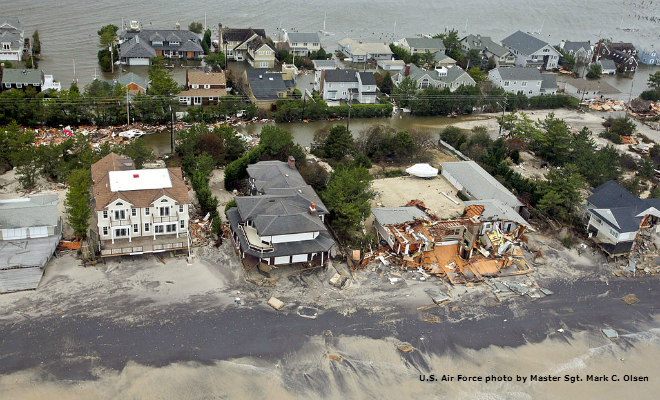New Jersey Future Blog
Complete Streets Accommodate All Users
May 20th, 2009 by Jay Corbalis
- There were 162 bicyclist and pedestrian deaths in New Jersey in 2007. Since 1998, residents over age 65 have accounted for 27.5 percent of these fatalities, though they account for only 13.2 percent of the population.
- New Jersey has no uniform regulations concerning sidewalk construction. The state’s Residential Site Improvement Standards (RSIS) require that sidewalks be constructed for all residential developments with lot sizes under one acre, though exemptions are common. No similar standard exists for commercial development.
- New Jersey ranks third among states in the percentage of households not owning a vehicle (11.4 percent) and fourth for households owning either one or zero vehicles (45.1 percent).
-
“Complete Streets” policies, which require road designers to accommodate all users — including pedestrians, bicyclists, motorists and transit riders — have been adopted in several states, including Illinois, Florida and South Carolina, as well as many cities and towns.
Hodgepodge of Regulations, Lack of Standards Produce Intermittent Patchwork of Sidewalks, Bike Paths
In many ways, New Jersey is a national leader in providing transportation choices to its residents. NJ TRANSIT operates an extensive network of more than 250 bus lines and 11 rail lines, making it the largest statewide transit agency in the country. As a result, New Jersey trails only New York in the percentage of residents commuting to work by transit, and NJ TRANSIT saw record ridership levels in 2008.
But once riders step off the bus or train, they face a much different experience. In most places outside of older cities, sidewalks, where they exist at all, tend to be sporadic and are often poorly maintained. Bicycle lanes are even less common. To a large degree, this situation reflects the complicated, fragmented regulatory framework governing whether, where and by whom sidewalks and bike lanes are constructed in the state.
“Complete Streets” is a concept that is taking hold in several states and cities. It requires engineers to accommodate all users, not just drivers, when constructing new roads or upgrading existing ones. Adoption of Complete Streets principles and policies brings some order out of the chaos of regulations (or lack thereof) that currently govern sidewalk and bicycle infrastructure. In Illinois, Complete Streets policies have taken the form of legislation. In California and Massachusetts, Complete Streets has been adopted as institutional policy by the state transportation department. Several cities, including Seattle, San Diego and Colorado Springs, apply Complete Streets principles at the municipal level.
None of these principles and policies are absolute; most contain waiver provisions in circumstances where Complete Streets would be impractical or unnecessary (in a rural area for example). Still, this represents a major paradigm shift in road construction, putting the needs of all users on a par with those of motorists, rather than treating them as an afterthought.
The 2001 National Household Travel Survey reported that 48 percent of trips taken in metropolitan areas are for distances of less than three miles, and 28 percent for less than one mile. These distances are ideal for biking or walking, yet the survey found that 65 percent of trips of less than one mile are taken by car. In a state that must significantly reduce emissions from the transportation sector in order to meet its greenhouse gas reduction goals, turning these short auto trips into a walk or a bike ride would be a good place to start.
Complete Streets is not a panacea for decades of auto-centric policy and roadway design. Creating a truly multi-modal transportation system will also require continued investment in mass transit, as well as land-use changes to bring developments back to a more pedestrian scale. Yet a Complete Streets policy, instituted across all levels of government, can be an important first step in that process by leveling the playing field and ensuring that all users, not just motorists, can navigate the streets safely.
If you have any questions about this issue of Future Facts, please contact Policy Analyst Jay Corbalis.
















